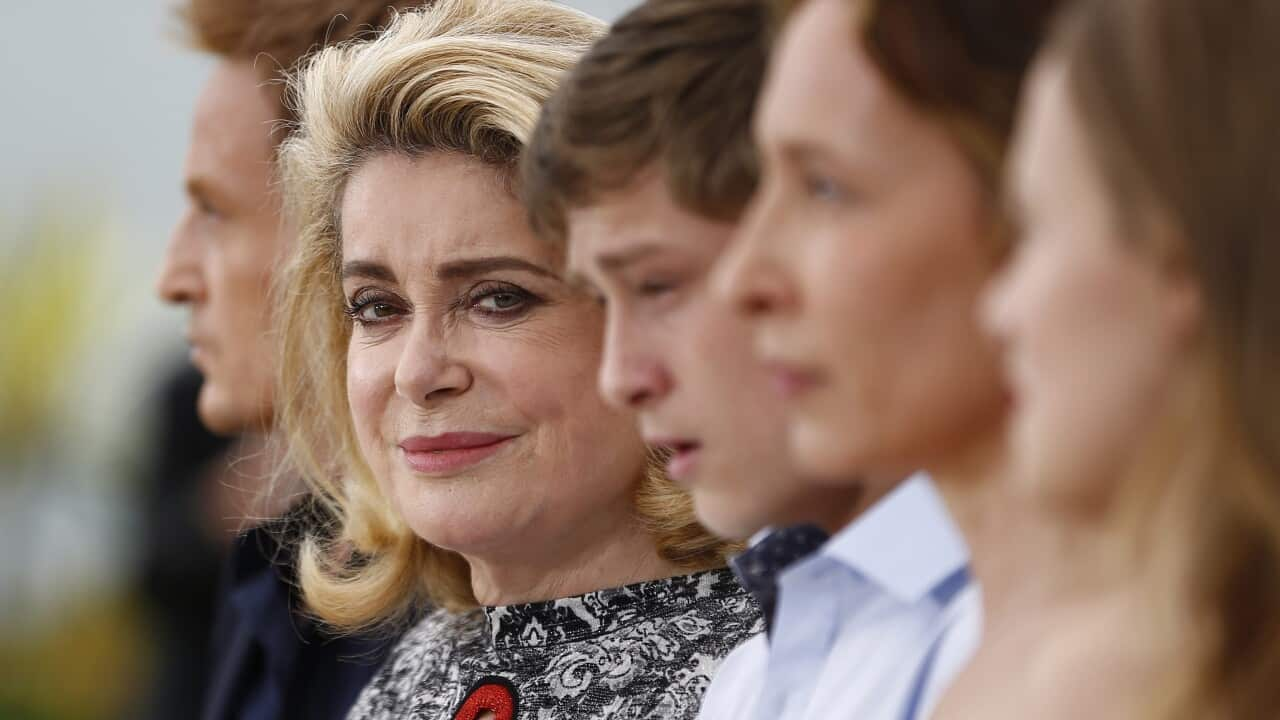OPINION
It is a sad truth that wherever women face sexism and discrimination, the brunt of the injustice is borne by ‘women of colour.’
In the latest explosive phase of #MeToo, the publication of a thorough , known as the “gatekeeper for black actresses,” demonstrates how sexism and racism intersect to place non-white women at even greater disadvantage in an industry not exactly friendly to women in the first place.
Cirrincione is accused by nine women – eight black and one Asian-American – of sexual harassment spanning more than two decades, including telling some actresses he would only agree to represent them, “on the condition that he would get…sex whenever he wanted,” and masturbating in front of others.
Hypersexualisation of WoC has roots in colonial history
None of the women accuse of Cirrincione of assault or rape in the same vein as Harvey Weinstein. And this in itself speaks volumes about the way WoC are seen as more sexually available, over and above the objectification of white women. What the women report is a type of predator who clearly expected the women to submit without the need for physical force, demonstrating both how hypersexual WoC are in the eyes of so many white men, as well as the forced powerlessness WoC have in all spheres of life.
Hypersexualisation of WoC has . Because their status as property meant that black women could not be legally raped, sexual abuse by their white slavemasters was passed off as licentiousness on their own part, while in colonial Australia, cultural differences around sex meant Indigenous women were considered prostitutes and fair game for white men with a fetish for "black velvet." Many Aboriginal women were forced into prostitution to survive, and those employed as domestic servants were expected to submit to sex as .
This hypersexualisation extends to women of other races. One study has found that Latina women, often referred to in objectifying language such as “hot tamales” , while Asian women writers have long critiqued the
The women represented by Cirrincione would all be well aware that these stereotypes meant, in addition to the usual power of a manager over a client’s career, he was armed with the added knowledge they have a tougher time in an already tough industry – and that he weaponised this knowledge to his own advantage.
This includes dropping Halle Berry's name repeatedly, with one woman describing her as a “carrot” dangled in front of them, indicating a deliberate ploy to remind the women of the unlikelihood they would succeed. Berry’s global superstardom is an exception to the rule and a reminder there was only room for a select few like her, meaning WoC were competing for roles not against other women but specifically with other WoC (“We already have a mixed race girl,” one of Cirrincione’s former clients told the Post about her experience trying to get representation elsewhere).
Indeed, a 2016 report into the (lack of) diversity in Hollywood found that while white actresses landed 44 leading roles, . The numbers for women of many other minority groups is even less with some races not represented by a leading lady at all.
It is in this environment so heavily stacked against them that Cirrincione “represented their best hopes of breaking in.”
A 2016 report into the (lack of) diversity in Hollywood found that while white actresses landed 44 leading roles, black actresses scored only two.
This discrepancy between the experiences of white women and women from other racial groups is by no means limited to the entertainment industry. Across the board, statistics that focus only on gender simply do not reveal the full story.
The gender pay gap, for instance, takes on a new dimension when race is taken into account; in the US, white women earn 81 cents to the white male dollar, . Australia does not keep statistics along racial lines but the Human Rights Commission , with migrant and Indigenous women facing the greatest barriers.
Similarly, while all women are at risk of gender-based violence, a 2014–15 survey reveals Aboriginal and Torres Strait Islander women reported the , while in the US, of 16 recorded homicides against trans-identifying individuals, .
This is what we talk about when we talk about the “intersection” of racism and sexism.
Although Halle Berry has ended her professional relationship Cirrincione, both she and his other star client Taraji P Henson have stated he did not harass them in any way, and while Cirrincione admits to pursuing some of his clients sexually, he claims any sexual activity was “purely consensual.” Apart from the murkiness of what consent looks like in a situation where the power balance was so heavily tipped in his favour, it is bittersweet to see made public what so many women from minority groups suffer in private – the knowledge that our success so often hinges not our own talents but on white “gatekeepers” who use our discrimination to their advantage.
That several of the women interviewed by the Post are no longer pursuing acting careers partly as a result of their interactions with Cirrincione is a wake-up call that sometimes it is the ones who claim to champion us that hold us back the most.



